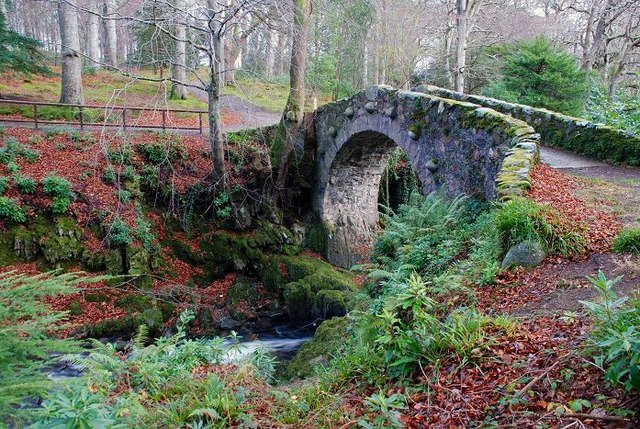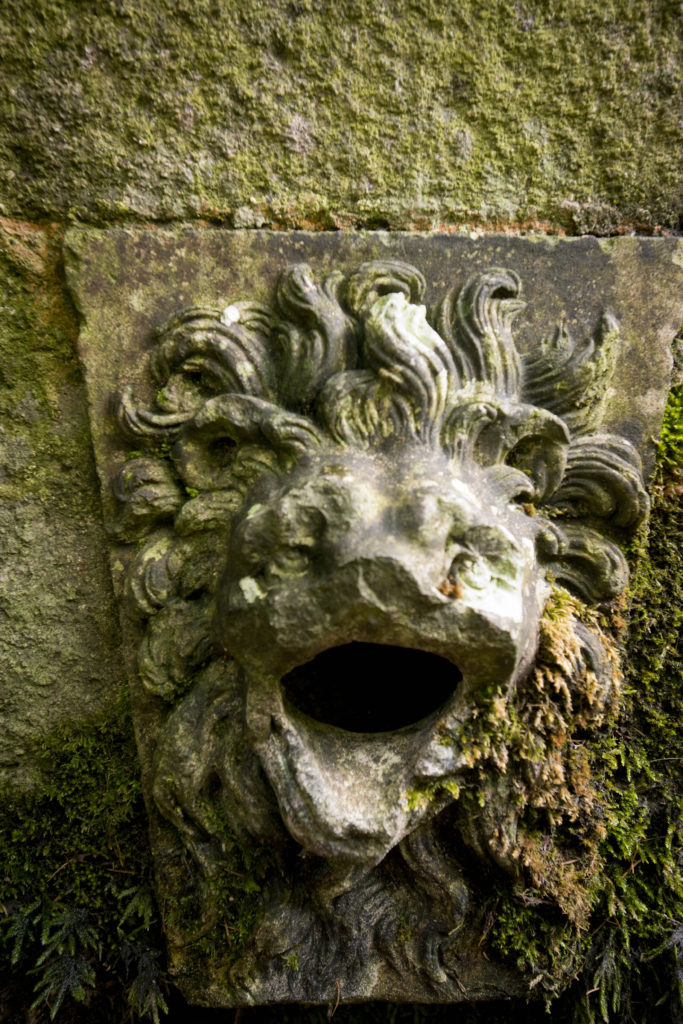
SIR John Hunt, the leader of the team that conquered Mount Everest in 1953, once led an expedition in Tollymore Forest in Co. Down. Before his quest really got underway the intrepid explorer slipped, and both of his feet plunged into the freezing waters of the Shimna River.
He duly postponed his journey upriver.
This episode is not mentioned in any biography; I happen to know about it because he came to change his socks in our house. Our mother also fed him and fellow mountaineers egg and chips.
It seems Sir John was in reflective mood throughout, perhaps thinking — if I can survive the Shimna, is there anything to stop me having a shot at the Himalayas?
Freezing water fresh off the Mountains of Mourne is one thing; evil beings another. At least Sir John didn’t have to contend with the malign spirit world of Tollymore — namely the Children of the Forest, a mysterious non-human race living hereabouts for 12,000 years; or the terrifying White Walkers lurking behind every tree. Of course, these creatures are relatively new, first appearing in 2011. Even if you’re not a Game of Thrones fan, you’ll be aware that dark, brooding parts of Tollymore were used as locations in HBO’s mediaeval fantasy series.
The Blue Lady is a home-grown ethereal being. Ghostspotters should hang out at the Hermitage, her normal beat. From the Hermitage —two stone chambers overlooking a deep salmon pool on the Shimna — stone steps lead into a dark, coniferous wood. It’s one of the oddest, spookiest follies in the forest, and not really a hermitage at all; but then the Blue Lady isn’t really a ghost. Probably. But just mind how go.
The poet Edward Lear appreciated Tollymore’s curios. He found it “full of beautiful ruins and bridges and trees and hills and mills and lawns and laurels”, and was transfixed by its gothic outrages — doubtless with thoughts of owls and pussycats running wild in his mind. The place-names hereabouts would have impressed the wordsmith — Moneyscalp, Kilcoo, Trassey. But even Lear would have needed to be at the top of his game to crowbar Carrowmurwaghnemucklagh into a limerick.
Bram Stoker was, it is rumoured, similarly impressed by Tollymore’s gothic excesses. The Dublin man who wrote Dracula married a local lady Florence Balcombe. There appears to be some confusion about her birthplace. In fact she was born in Falmouth, England, but was brought up in Dublin — and according to some observers she spent time with family in County Down.
Until the 1930s the estate was largely enjoyed by the Anglo-Irish landed gentry. But by the 20th century hard times had arrived for the Raj in the Rain, and in 1941 Tollymore was bought by the Northern Ireland government.
My father, Alfred Rogers, was forester from 1950 until 1969. Tollymore was still a working forest when he arrived. Teams of Clydesdales would haul Sitka spruce out of the forest to be used as pit props in Welsh coal mines. Before that, Tollymore oak was widely used in shipbuilding — the Grand Staircase on the Titanic was made of local wood, the centerpiece of the ship until the relentless application of Sod’s Law caused it to slip, Tollymore oak and all, to the bottom of the Atlantic.
In 1955 Tollymore was officially opened to the public, becoming Northern Ireland’s first State forest park. The need for pit props had lessened; demands for oaken staircases on luxury liners greatly reduced. The forest’s main commercial timber duty dwindled to providing Belfast City Hall with its Christmas tree. However, Tollymore’s dramatic setting and extravagant beauty began to attract the public. Some four hundred years of hoeing, planting, pruning, collecting and in all probability thieving, bequeathed to Tollymore some of the world’s finest botanical A-listers, including the likes of dawn redwoods, black junipers, a cork oak, a dwarf Norway spruce.
The outré nature of the gothic curios also helped pull in the crowds: a 1780 bridge with an ornate stone sentry box at each corner; a stone chair engraved with Alexander Pope poetry; a barn dressed up as a church — in all likelihood the only barn in the world boasting a steeple, bell, clock and sundial. The Clanbrassil Barn today still looks as impressive as when it was an adjunct to the Big House.
Nearby, an arboretum, one of the oldest in Ireland, leads to the Azalea Walk, on which is a small, classical fountain. The water spouts from the mouth of a stone lion – according to local legend, this is Aslan. CS Lewis, a regular visitor, would walk this way towards the Horn Bridge. Its tiny turrets, crenellations and shamrock-shaped embrasures would have added to the feeling of other-wordliness, of Narnia.
 Maybe Aslan? Pop along and see what you make of it yourself
Maybe Aslan? Pop along and see what you make of it yourselfThe Easterly Drinn, the highest point in Tollymore, affords heart-stopping views of the forest below — sandwiched between the Mournes and Dundrum Bay. The Shimna River, and its tributary the Spinkwee, babble towards the sea; the ornamental lake glitters in the distance; the pines below sough in the breeze. The whole place looks as if it could have tumbled out of a fairytale.
Or a Chronicle.

